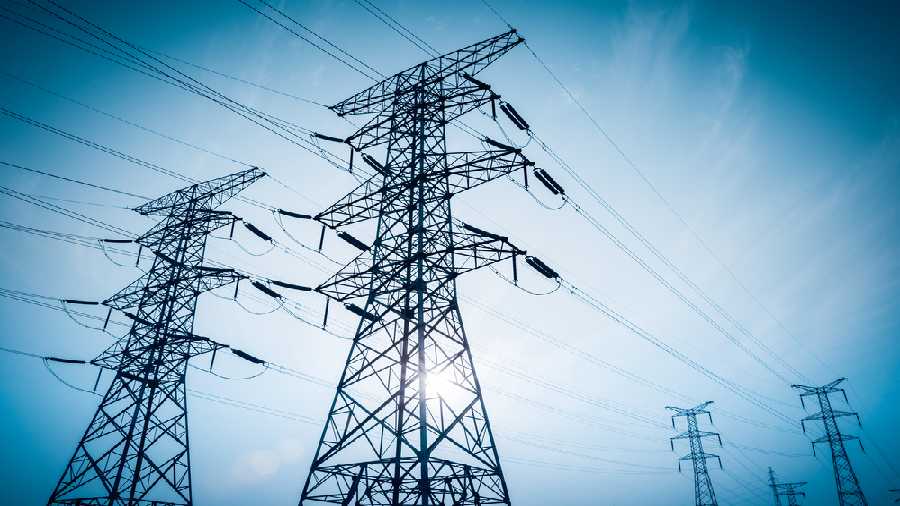India’s peak power demand could rise up to 230- 235 GW (gigawatt) in April 2023, surpassing the April 2022 mark of 215 GW. According to the Central Electricity Authority data, the peak demand in August was around 196 GW.
Speaking at a session organised by the CII on Tuesday, Ghanshyam Prasad, chairperson and ex-officio secretary to government of India, Central Electricity Authority, ministry of power and member ex-officio, CERC, said that the country needs to be careful and make proper planning to avoid a crisis that was seen earlier this year.
With the onset of summer, the power demand had shot up and with coal stock shortages at power plants, a number of states, including Delhi, Maharashtra, Uttar Pradesh, Andhra Pradesh and Bihar, were affected by power shortage.
The crisis was further accentuated with international coal prices going up because of the geopolitical situation, and hydroelectric sources falling short of requirement.
With imported coal-based power plants turning to domestic sources, Coal India had to step up production in a bid to meet the fuel supply requirement.
The power ministry subsequently took several steps, including advising state gencos to blend up to 10 per cent of imported coal, while fuel supply to the power sector was prioritised.
Generation capacity
Even as the country has set a target to achieve 500 GW of non-fossil fuel based generation capacity by 2030, coal based power is expected to play a crucial role in the transition period.
The cur rent thermal power capacity is about 210 GW and it is expected to reach 248GW-256GW by 2030 if there is less support from hydro and other renewable sources of energy. The upcoming thermal capacity addition, however, is likely to be in the form of pithead based plants keeping in mind logistics costs.

